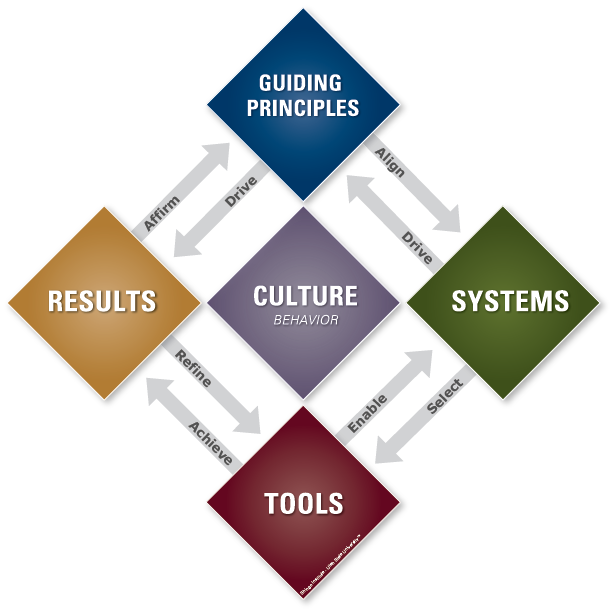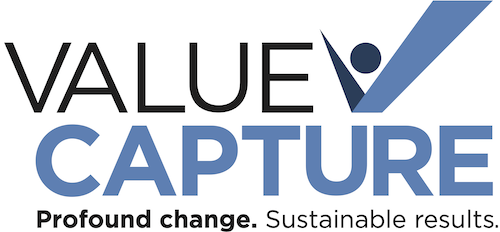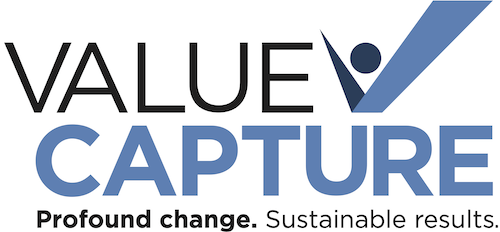The Shingo Model: A Powerful Framework of Organizational Excellence
Value Capture is proud to be a licensed affiliate of the Shingo Institute, which enables our team to teach the Shingo Model's framework of organizational excellence throughout a series of workshops. Value Capture considers the workshops to be essential learning for leaders and managers who are dedicated to building the principles-based culture, systems and tools required to achieve sustainable, excellent performance and results. The Shingo Institute is respected globally for its education and research into a deceptively simple question – What makes some organizations truly and sustainably excellent?
Shana Padgett and Ken Segel recently joined Mark Graban on our Habitual Excellence podcast to discuss several Shingo-centered topics, including what the Shingo Model demonstrates, the Guiding Principles and their link to systems, behaviors and results, and our workshops. Below are some excerpts from the podcast episode.
What is the Shingo Framework?
Shana: “The framework really allows you to get back to first principles. So why are you here? Who do you serve? What do you stand for? And then it has a really great way of helping us understand what's helping you get the results and culture you want, or what's getting in the way of getting that culture or results that you need.”
Ken: “We've just seen leaders light up as they sort of deepen their confidence about how to lead their organizations forward toward, you know, really meaningful mission-centered deep goals that are really important, not just in terms of the work and what it's producing, but how people in the organization are connected as people. And so it really helps leaders live out their values in a really profound way and help their people succeed. It's important to understand it's not a separate set of letters of, ‘Oh, we used to do Toyota Production System, but now we need to do Shingo, or we used to do Six Sigma, and now we need to do Shingo.’ What Shingo is, because it's principle-based and the fairly simple framework around it, it's more of a lens to hold up against your journey and structure right now and take it deeper, take it back closer to fundamental principles, to deeper aims and making sure the pieces all connect and bring it forward.”
The Shingo Model:

What Role do the Guiding Principles play in the Shingo Model?
Ken: “At the top of the equation are the principles of organizational excellence that are sort of timeless and they're present whether or not you want them to be there. They range from ‘respect for every individual’ to ‘constancy of purpose’ to ‘create results for the customer’ and others in between. The Model sort of graphically and simply shows you this equation and how to line things up from the deepest, most important concepts to the very practical, ideal behaviors that are going to get you the results you want and just keep it all linked.”
Shana: “These are organizational principles, and ‘respect for every individual' – if you haven't figured out how to lock that behavior into your organization, you will have consequences, right? You'll lack engagement, you'll have higher turnover. It could get a lot worse. I mean, those are people opting out. It could get much worse with how we treat each other day to day and when we're really stressed.”
What do you mean by “Systems” and “Systems Design?”
Ken: “Take those principles, which have to underlie everything and say, you've got to create systems to drive those principles and make sure they're true every day in everything you do. And, you know, systems is not an abstract thing. You've got management systems, improvement systems and work systems, the fundamental work itself. And then it just helps you realize those are made up of tools that have to connect, you know, to create the purpose of the systems, which relates to the principles, and to do that, it's all about what people do, it's their behaviors and that that's what gets you the results.”
Shana: “Best of breed is not a system. If you get the best engine from a Ferrari and the best seat leather from BMW and the best brakes from Volkswagen, whatever, all the best of breed and try to put that together. You don't have a car and it doesn't work. And so those systems really are those integrated systems that when they work together, they are more than the parts. And that's what we're trying to do with Systems Design.”
What about Systems Thinking and Design in Healthcare?
Shana: “The lovely thing about what Shingo teaches us is actually, you know, you’ve got to have an aim, a goal, an owner – there's five parts to a system that must exist. Like you can literally go and see, do you have these things? You know, if you don't, let's get those things; if you have those things, but it's not getting you what you want, how do we understand that better? And how do we support the people or the processes that are currently in place? Shingo has actually helped us articulate a way to sort of see and dissemble the system so that we can put it back together again and run real experiments and not just tinker around the edges. And that's how you go from wherever you are to your next target condition and your next target condition toward that ideal.”
Ken: “I think healthcare organizations, like most organizations, suffer from a lack of conscious thought about system design, and they rarely have a set of principles that they use to even design the work systems, the sets of clinical flows. You know, those are often invented anew every time and may or may not have even the integrating thought of the system framework. If you ask the systems question and is it all working together the way it should to produce the aim (which say for the improvement system should be safety and the highest quality care possible), we often will quite easily realize we're working in silos that don't connect well. Conscious thought about systems as it applies to the essential systems in healthcare is not present enough in healthcare.”
How do Shingo Workshops Help?
Shana: “Each workshop is a combination of, let’s learn some things, let's do some exercises and then let's apply it. Let's figure out some questions, some observations and go and see, and then come back and more importantly, understand, what did we just learn? And then what could we say about that based on what we learned, because, what can you say about it is actually defining the gap and making a plan. So the learners get to practice all of that, but Systems Design is unique in that we're out mapping the system. What can we learn about work? What can we learn about improvement? What can we learn about management? How can we map those things? And how can we understand that and articulate what we saw so that we can measure a gap and figure out what we could do? Oh, there isn't an aim, there isn't an owner, they don't have reports. And there's lots of things you can see. And the learners experience that in the Systems Design workshop. So it's very unique in that way.”
Ken: “The first thing is that they're all hosted at a site that is not just providing, you know, a conference room or virtual entry. But also as a place where we're going to get to apply our learnings and see it in the real world and test our skills and build ourselves as we begin to learn this framework or the particular aspect of the framework that we're looking at in that particular Shingo workshop. There are structured observations, which always involve direct interaction with team members from the host organization, but also asking them questions that relate to the Shingo principles or framework that you're diving into in that particular workshop. We are actually developing ourselves to think within the framework and reflect the principles and then developing ourselves to elicit information about whether this principle is true or not in this particular environment through this person.”
How does Systems Design Workshop Fit into the Shingo Series?
Ken: “The workshop sequence starts with an overview course, an introductory course called Discover Excellence. And then the Systems Design course comes second. That's how important it is because people often, especially after getting exposed at the first level to the Shingo Guiding Principles, want to know, well, how, how do I apply this? And if you think about the sequence I described – the principles to systems, to tools, to behaviors, to outcomes – systems is second, right? I think it's such a hopeful, practical, systemic way to think about making positive change happen and it sort of gives you the way to apply the principles and the other core ideas of the workshop. So that's why it comes second. Then the next workshops are the deeper dives into the different parts of the Shingo principles. The first of these next workshops goes deep into the principles related to the cultural enablers, the ‘people bucket.'”
How to Learn More
Learn more about Shingo and the workshops.
If you are interested in hosting a Shingo workshop, or learning more about Value Capture and how we might help you in your quest for organizational excellence, please complete our Contact Form.


